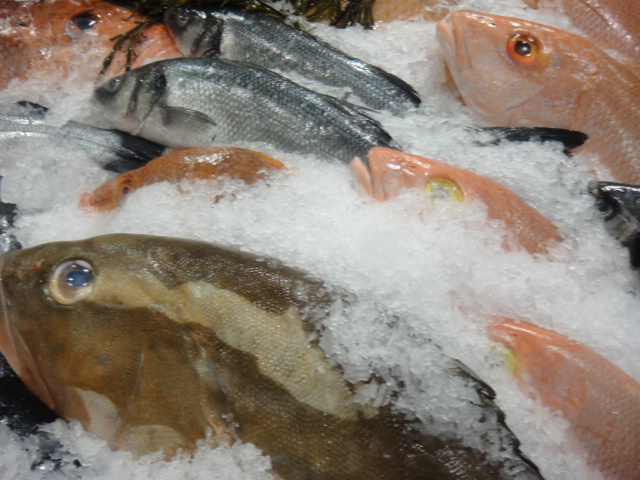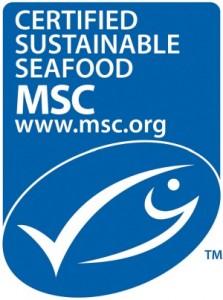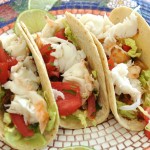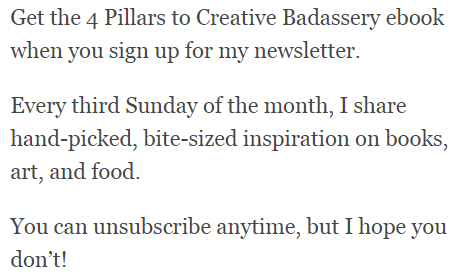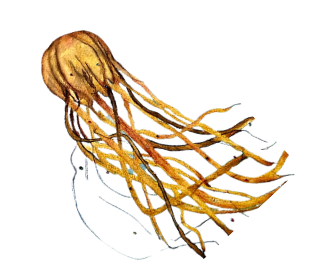What is sustainable seafood? And what does it mean for you?
The simple answer is one word. Responsibility. Taking responsibility for what is caught, sold, eaten. Knowing what to buy and when to buy it.
The not so simple answer involves knowing what fish are not in danger of extinction. Also knowing which fisheries, or those that harvest fish, use safe practices to source fish. Knowing the fishermen, how they fish, and where they harvest fish from is also an important part to sustainable seafood and the future of our fish stocks and oceans.
How do I know which seafood to buy?
By law, seafood should be labeled at the market. The Country Of Origin Labeling (COOL) law states that retailers tell their customers where the seafood is sourced. If the fish isn’t labeled, ask.
Several reputable seafood and ocean organizations have created fish guides to help you make smarter choices about what fish to buy and what time of year to buy it.
Many fish stocks and seafood populations are regulated to help ensure the fish stocks are not depleted. That means there will be times of the year you can’t buy Florida Stone Crab, Grouper or Alaska halibut for instance.
There are several excellent resources to help you decide which seafood species to buy: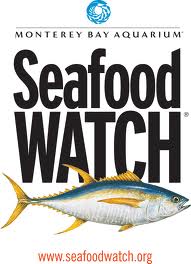 Seafood Watch Pocket Guide
Seafood Watch Pocket Guide
How do I know if the fish is fresh?
The most obvious way to decide if fish is fresh is to smell it. Fresh fish will have a clean, briny scent like salt water, or a clean, freshwater smell. Ask to smell your fish before you buy it.
If you’re buying whole fish, look for bright red gills and clear eyes. Press the flesh, it should be firm, not soft.
When you’re buying fish fillets, look for firm flesh that isn’t separating or dried out.
Again, ask to smell the fish before it’s wrapped up. Fish that is not fresh will not smell any fresher once you get it home.
Don’t forget to ask for a bag of ice for transport.
Sometimes the fish has cloudy eyes, but the gills are red. Should I still buy it?
It depends. Stick your nose as close to the insides of the fish as possible and take a good whiff. If you smell the clean, salty scent of the ocean, yes, buy the fish. Sometimes the fish’s eyes cloud over because they sit in ice water.
I don’t live near the ocean. What’s the best fish for me to buy?
Look for products labeled “Produced in the USA,” “sustainably sourced,” or from a specific area of the United States, like Texas, Maine, Florida, Washington, Oregon, Alaska, Louisiana, etc.
How long should I cook my fish?
A good rule of thumb is to cook fish ten minutes per inch of thickness. A little more if baked in a sauce. If you can put a toothpick through the center, it’s done. If the toothpick sticks, it’s not.
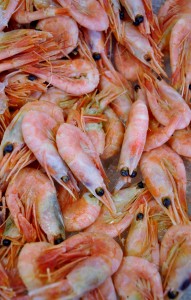 What do the numbers on the shrimp mean?
What do the numbers on the shrimp mean?
Those numbers, 16/20, 21-25, 31-40, 51-60 or 110-150 are the count, or pieces, per pound. If one pound of 16-20 Texas Brown shrimp retails for $12.99, each shrimp will cost about $.72. If you want to eat four pieces per person, your cost per person is about $2.88.
How much seafood should I eat every week?
A healthy, sustainable diet of seafood is two to three portions of fish and/or shellfish per week. However, if you’re pregnant, nursing, or feeding small children, according to the EPA, steer clear of certain species, like shark, tile fish (Mexico), mackerel king and swordfish.
Is there mercury in my fish, and how much seafood is safe to eat?
Depends on the fish you eat. Nearly all fish and shellfish contain small amounts of mercury. Larger seafood species contain more mercury than smaller species. According to the EPA, fish to avoid include the list mentioned above, plus marlin, Spanish mackerel, orange rough and, bigeye tuna.
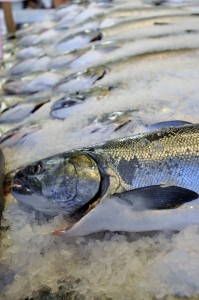 Which seafood has the smallest amount of mercury?
Which seafood has the smallest amount of mercury?
Smaller fish have less mercury. Also, anchovies, clams, cod, mullet, oysters, salmon, scallops and trout have less mercury. Here is a more comprehensive list for further information.
I only eat seafood when I go out to dinner. How do I know which restaurants support sustainable seafood?
Fish2Fork is the online resource that rates, reviews and lists restaurants that support sustainable seafood.
Seafood Watch for iPhone App gives you recommendations for restaurants and retail outlets that support and supply sustainable seafood.
Ask your servers about the origin of the fish on the menu. They may not know, but once the chefs and managers learn that there is a demand for this type of information, more chefs will take an active part and interest in sourcing sustainable caught fish.
Where can I find seafood recipes?
I created several seafood recipes. You can find them here on SeafoodLady: fresh fish and other fishy business. Go to my Home page. In the search box, enter the term recipes, or the species of seafood you’d like a recipe for. Or sign up for my weekly blog posts to be delivered to your inbox for more up-to-date seafood information and my easy to prepare recipes.
What else can I do to support sustainable seafood?
- I know this is cliché, but knowledge is power.
- Take an active part in learning about sourcing sustainable seafood.
- Teach your children about which fish to eat so fresh seafood is available to them and their children.
- Get involved with your local school lunch program.
- Start, or join an online seafood cooking group.
- Join my online conversation. Follow me on Google+, Twitter, Facebook and Pinterest.

